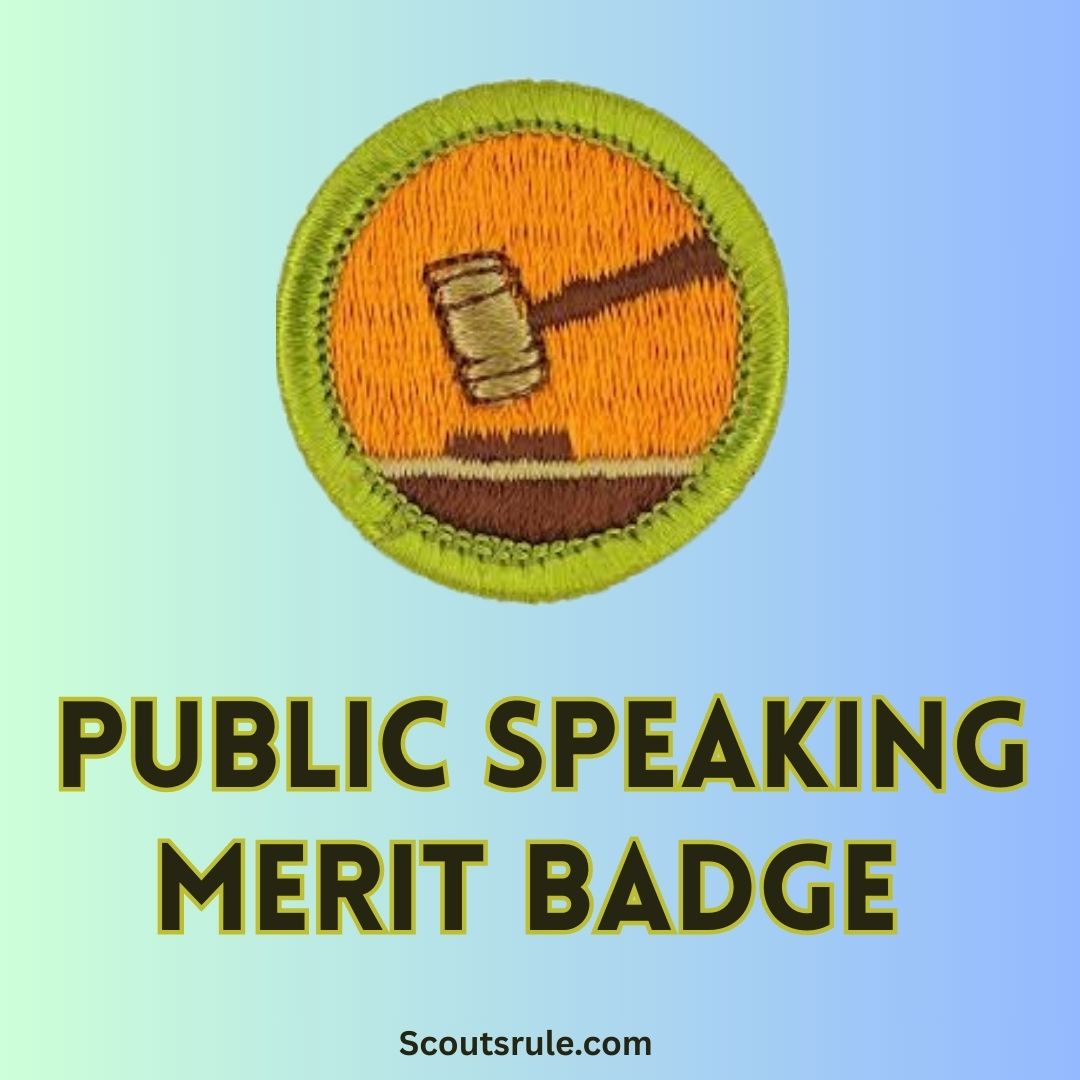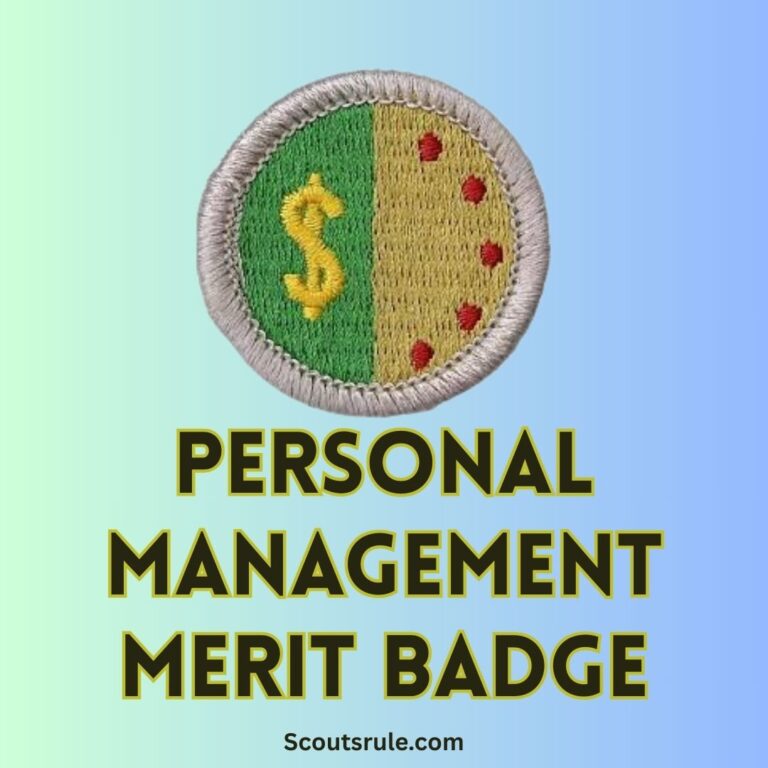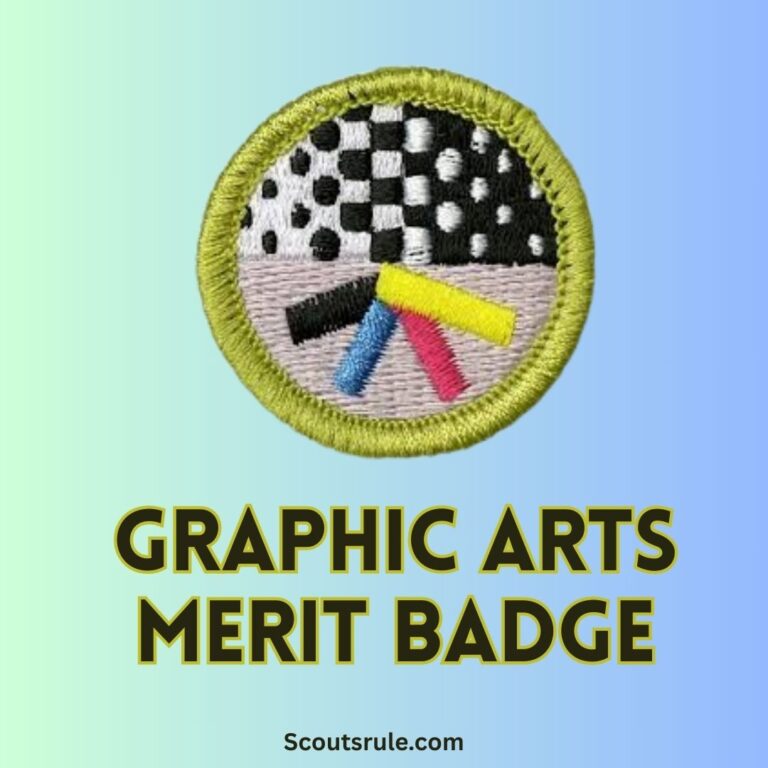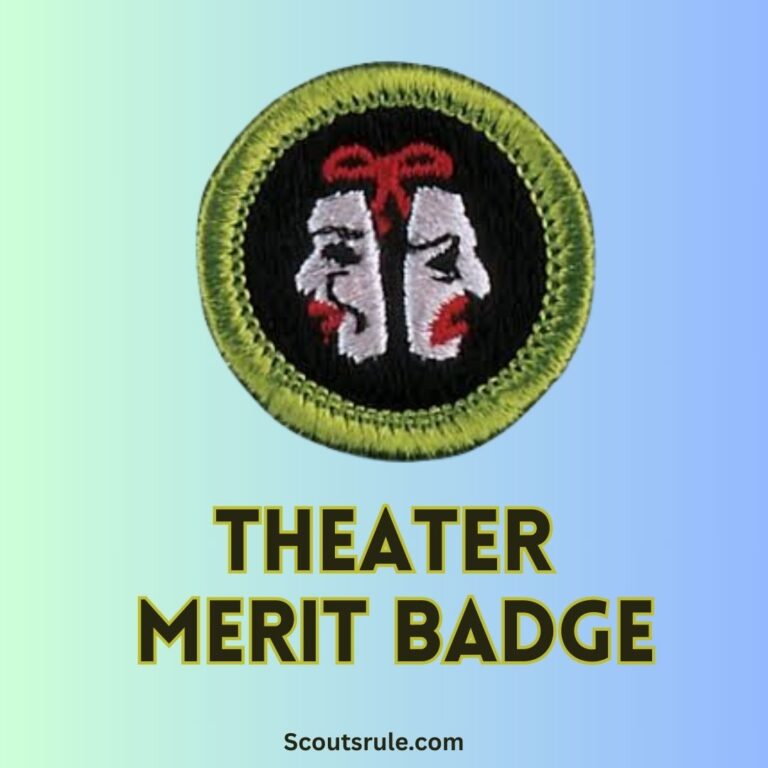
Public speaking is more than just standing in front of an audience and delivering words. It is the platform through which ideas are shared, leaders are made, and communities are inspired. The Public Speaking Merit Badge challenges you to not only learn the techniques of speaking clearly and confidently but also to apply these methods in practical situations that simulate real-world scenarios. As you work through this merit badge, you will gain valuable skills that will serve you in school presentations, future careers, and everyday life.
In the process of earning this badge you will:
- Introduce yourself to an audience.
- Deliver a prepared talk incorporating body language and visual aids.
- Speak impromptu on a topic provided by your counselor.
- Organize a full-length presentation with proper research and an outline.
- Demonstrate knowledge of parliamentary procedure by leading a discussion or answering questions on its rules.
Before diving into the individual requirements, let’s take a look at why effective public speaking is such a critical skill.
Post Contents
- 2. The Purpose and Goals of the Public Speaking Merit Badge
- 3. Overview of Badge Requirements
- 4. Preparing Your Public Speaking Skills
- 5. Tips for Effective Delivery
- 6. Seeking Feedback and Self-Evaluation
- 7. Overcoming Nervousness
- 8. Resources and Further Reading
- 9. Real-Life Applications of Public Speaking
- 10. Bringing It All Together: Your Journey to Mastery
- 11. Final Thoughts: Your Voice Matters
2. The Purpose and Goals of the Public Speaking Merit Badge
Public speaking is a vital process by which ideas are effectively communicated. The primary goals of the Public Speaking Merit Badge are to:
- Develop Confidence: Learn how to overcome nervousness and deliver your message with poise. With practice, public speaking becomes a tool for personal empowerment.
- Enhance Clarity: Sharpen your ability to organize your thoughts and present them in a clear, logical, and persuasive way.
- Foster Engagement: Understand and use body language, facial expressions, and visual supporting tools to capture your audience’s attention.
- Impromptu Thinking: Build your ability to think and speak on your feet, answering questions or discussing topics without advanced preparation.
- Understand Order and Debate: Explore parliamentary procedure to learn the art of structured conversation and orderly discussion.
By achieving these goals, you not only meet the merit badge requirements but also lay the foundation for effective leadership and communication in future endeavors.
3. Overview of Badge Requirements
The current Public Speaking Merit Badge requirements (as outlined by the Boy Scouts of America) typically include the following tasks2:
- Introduce Yourself to an Audience:
- Deliver a three- to five-minute introduction of yourself to an audience such as your troop, a class at school, or another group.
- Prepared Talk With Visual Aids:
- Prepare and give a three- to five-minute talk on a topic of your choice. The talk should incorporate body language, eye contact, and visual aids that help clarify your message.
- Impromptu Speaking:
- Give an impromptu talk of at least two minutes. In this exercise, a subject is selected by your counselor that is both interesting and unknown to you in advance, meaning you have little to no preparation time.
- Prepared Speech on a Topic of Interest:
- Choose a topic that will interest your audience. Collect and organize information about the topic, prepare an outline, then write and deliver an eight- to 10‑minute speech in a conversational style.
- Parliamentary Procedure:
- Demonstrate that you know the basics of parliamentary procedure by either leading a discussion or meeting according to accepted rules of order or by answering questions on the rules.
Each of these requirements is designed to build a different aspect of public speaking—from strong personal introductions to compelling prepared speeches and impromptu responsiveness.
4. Preparing Your Public Speaking Skills
A. Crafting Your Introduction
Your personal introduction sets the tone for how your audience perceives you. Here are some tips to make a strong start:
- Keep It Concise and Personal: In three to five minutes, you should cover your name, background, interests, and a few personal insights that set you apart. Use a warm tone and maintain eye contact with your audience.
- Practice Your Delivery: Rehearse in front of a mirror, record yourself, or practice with a friend. Notice your posture, voice clarity, and facial expressions.
- Use a Clear Structure: Start with a greeting, state your name and a brief background, then share a personal story or interest that illustrates who you are. End with an inviting statement encouraging your audience to learn more.
B. Organizing a Prepared Talk With Visual Aids
When preparing a talk of three to five minutes on a subject of your choice, follow these steps:
- Choose a Topic: Pick something you are enthusiastic about. This could be a hobby, a current event, or an interesting concept in science or art.
- Research and Outline: Gather relevant information, then create a simple outline:
- Introduction: Briefly introduce the topic and why it matters.
- Key Points: Organize two to three main points with supporting facts or stories.
- Conclusion: Summarize your main points and leave your audience with something memorable.
- Develop Visual Aids: Visual aids can include slides, posters, or props. Ensure they are simple, clear, and directly support your message. Make sure the visuals are not overwhelming; they should reinforce your words rather than distract from them.
- Practice With Your Visuals: Practice coordinating your speech with your visual aids. Pay attention to the timing: introduce your visual, explain it, and then smoothly transition back to your speech.
C. Preparing Your Full-Length Speech
For your eight- to 10‑minute speech:
- Select an Engaging Topic: Choose a subject that is not only interesting to you but also engaging for your audience. It might be based on a local issue, a global concern, or a subject you are passionate about.
- Collect and Organize Information: Research your topic from multiple sources. Organize your thoughts into an outline that includes an introduction, several key points or sections, and a conclusion.
- Write in a Conversational Tone: Your speech should feel like a conversation rather than a formal lecture. Use natural language, relatable examples, and light humor if appropriate.
- Practice Verbal Delivery: Rehearse multiple times, standing in front of friends or family, so that you become comfortable with the flow of your speech. Time your delivery to ensure that it fits within the 8‑ to 10‑minute window.
D. Mastering Impromptu Speaking
Impromptu speaking can feel intimidating, but with practice, you can learn to think on your feet:
- Practice with Timers: Challenge yourself by picking random topics or using online prompt generators. Give yourself two minutes to speak on the topic without preparation.
- Focus on Structure: Even in an impromptu talk, try to include an introduction, a few supporting points, and a conclusion. A simple structure could be: state your opinion, provide one or two reasons, and end with a recap.
- Stay Calm and Breathe: Anxiety is natural—take a deep breath, and focus on sharing your honest thoughts without the pressure of perfection.
E. Understanding and Demonstrating Parliamentary Procedure
One unique requirement of this merit badge is showing your understanding of parliamentary procedure:
- Learn the Basics: Familiarize yourself with fundamental rules, such as how to make motions, the roles of chair and members, and the process of debate and voting. Robert’s Rules of Order is the standard reference for these procedures.
- Practice Leading a Meeting: Organize a small, structured meeting with your peers or family. Practice calling the meeting to order, following an agenda, and handling questions. Alternatively, prepare yourself to answer questions about these procedures if your counselor asks you.
- Reflect on the Importance: Think about why rules and order are important in ensuring a fair and productive discussion. This understanding will help you articulate your responses during your evaluation.
5. Tips for Effective Delivery
Regardless of the type of speech you are delivering, the following tips can help enhance your performance:
- Eye Contact: Look at your audience periodically. This builds connection and shows that you are confident.
- Voice Modulation: Vary your tone, pace, and volume. Emphasize key points by pausing before and after them. An engaging voice helps maintain audience interest.
- Body Language: Use gestures naturally to underscore your points, but avoid excessive or distracting movements. Stand with a relaxed posture and move purposefully.
- Practice Active Listening: For impromptu segments or discussions, actively listen to questions. This ensures that your responses are well-considered and relevant.
- Use a Conversational Style: Even when speaking formally, try to maintain a friendly, conversational tone. It makes the content more accessible and relatable.
6. Seeking Feedback and Self-Evaluation
A critical component of improving your public speaking skills is obtaining feedback from others:
- Record Your Practice Sessions: Video recordings allow you to see your body language, hear your tone, and identify areas for improvement.
- Ask for Constructive Criticism: Request feedback from peers, teachers, and family members who observe your rehearsal. Focus on aspects such as clarity, engagement, and overall delivery.
- Revise and Rehearse: Based on the feedback, refine your content and delivery style. Practice repeatedly until you feel confident in your performance.
Each step in this process builds not only your skills as a speaker but also your ability to critically assess and improve your own work—an essential trait for lifelong learning.
7. Overcoming Nervousness
It’s common to feel nervous before a public speaking engagement. Here are techniques to help manage and overcome anxiety:
- Practice Deep Breathing: Take slow, deep breaths before stepping on stage to calm your nerves.
- Visualize Success: Imagine yourself delivering a successful and engaging presentation. Visualization is a powerful tool to boost confidence.
- Prepare Thoroughly: Knowing your material inside and out reduces the fear of forgetting key points. Preparation remains your best defense against anxiety.
- Focus on the Message, Not Yourself: Remind yourself that the focus is on the message you want to share, not on your imperfections.
- Embrace Mistakes: Everyone makes small mistakes. Keep going and remember that a stumbling speaker can quickly recover by returning to the topic with confidence.
8. Resources and Further Reading
To further enhance your public speaking skills and understanding of parliamentary procedure, consider exploring these resources:
- Public Speaking Merit Badge Handbook (Official BSA Resource): The official booklet provides detailed guidelines and requirements for each task.
- Worksheets and Sample Speech Outlines: Visit websites like U.S. Scouting Service Project for sample worksheets and outlines that can help you organize your thoughts.
- Books on Public Speaking: – “It’s Not What You Say, It’s How You Say It” by Joan Detz – “How to Say It Best: Choice Words, Phrases and Model Speeches for Every Occasion” by Jack Griffin – “Speaking Up, Speaking Out: A Kid’s Guide to Making Speeches, Oral Reports, and Conversation” by Steven Otfinoski
- Parliamentary Procedure Guides: Robert’s Rules of Order, now in its 11th edition, is the standard work for learning the basics of congressional procedure.
These resources will deepen your understanding of both the preparation and delivery aspects of public speaking.
9. Real-Life Applications of Public Speaking
The skills you develop while working on the Public Speaking Merit Badge extend far beyond Scouting. Consider how effective communication plays a role in:
- Academic Presentations: Presenting your ideas in class and engaging in group projects.
- Community Engagement: Volunteering, participating in local meetings, or leading discussions on civic issues.
- Future Careers: Whether you pursue teaching, business, law, or any field that requires clear articulation of ideas, mastering public speaking is an invaluable asset.
- Everyday Interactions: From job interviews to leading club meetings, the ability to communicate clearly and confidently has practical benefits in all areas of life.
Remember that every speech you give—as simple as an introduction to your troop or as elaborate as a prepared 10‑minute address—contributes to your growth and confidence.
10. Bringing It All Together: Your Journey to Mastery
Earning the Public Speaking Merit Badge is both an intellectual and personal journey. As you complete each requirement:
- Reflect on Your Growth: Record how your first practice sessions compare to your current performance. Note improvements in clarity, poise, and engagement.
- Embrace Feedback: Use constructive criticism as a tool to further refine your style. Each piece of feedback is a stepping stone toward becoming a more persuasive and effective speaker.
- Celebrate Your Achievements: Recognize that mastering public speaking is an ongoing process—each presentation, impromptu talk, or discussion is a milestone in your journey toward confident communication.
Your merit badge workbook becomes a living document of this progress—a resource you can return to in order to remind yourself of techniques that worked and lessons learned along the way.
11. Final Thoughts: Your Voice Matters
Public speaking is not merely about delivering words from a script; it is about connecting with people, sharing ideas, and influencing change. Whether you’re introducing yourself for the first time or leading a detailed discussion using parliamentary procedure, your ability to speak confidently and clearly is a powerful tool for personal growth and community engagement.
As you work on earning the Public Speaking Merit Badge, remember that every great speaker started with a single word. Embrace every moment of practice, celebrate the progress you make, and know that your voice matters—today, tomorrow, and always.
May this guide serve as both a roadmap and an inspiration as you take these important steps toward becoming a skilled and inspiring communicator. With persistence, practice, and a commitment to continual improvement, you will not only earn your badge but also unlock a lifelong treasure in the art of public speaking.

Hi, Robin here, A former lead Scout and here I share my inspiring stories about USA Scouts, leadership, adventure, how to guides and more.






